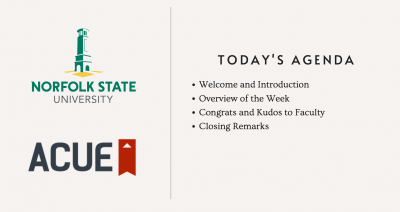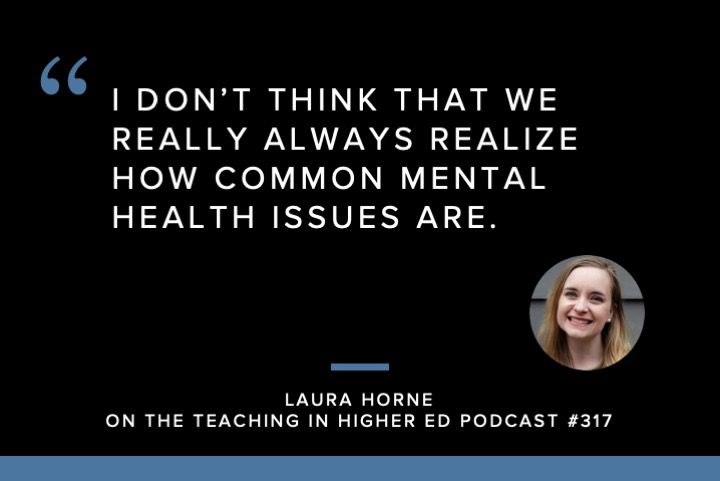
California State University Innovates Instruction in Response to Disruption
Despite the massive disruption in higher education caused by the COVID-19 pandemic, the nation’s largest four-year public university has renewed its commitment to support student success by pursuing innovative ways to provide high-quality, affordable education and reduce equity gaps.
Through the coordination of campus efforts, system support and focused leadership, the California State University (CSU) was on track to meet its Graduation Initiative 2025 goals when the tidal wave of COVID-19 hit, necessitating the change from in-person to virtual instruction to keep students on course. Then in May, CSU Chancellor Timothy P. White announced that the majority of fall classes would remain online—the first major university system to make this decision.
“I announced…that we would proceed into the fall with the idea of trying to deliver as much of the curriculum as we possibly could in the virtual space, and that we were going to be planning in that direction…being driven by the health and safety of our students, but also of our faculty and staff, and the communities in which our 23 campuses are embedded in,” White said during a conversation on the podcast The Key with Inside Higher Ed.
The CSU’s early decision for largely virtual instruction this fall has allowed its faculty and staff to prepare throughout the summer, taking action to remain a few steps ahead of disruption and charting a new path to promote student success.
“The campus faculty development and academic technology directors have redoubled their efforts to support an unprecedented number of faculty with professional learning,” said Emily Magruder, Ph.D., director of the CSU Institute for Teaching & Learning. “The response has been overwhelmingly positive, and we’ll continue to work on advancing the quality of teaching and learning throughout the system.”
Partnering to Scale Faculty Support
While CSU campuses have already been supporting their faculty development, leadership saw the opportunity to provide additional access to professional learning—boosting efforts to deliver quality online instruction to its more than 400,000 students who would begin their school year virtually.
The result: 450 faculty across 10 CSU campuses are participating in the Association of College and University Educators’ (ACUE) microcredential course, Promoting Active Learning Online, focusing on evidence-based teaching practices to engage students in the online learning environment. CSU faculty who teach first-year courses were encouraged to enroll. Those who complete the eight-week course will earn the microcredential which meets partial requirements for ACUE’s Certificate in Effective College Instruction, awarded in collaboration with the American Council on Education (ACE).
This effort is in addition to the 540 faculty across eight CSU campuses who will soon start ACUE’s 25-week program in Effective Online Teaching Practices. This work is supported by the National Association of System Heads’ (NASH) “Scaling Instructional Excellence for Student Success” initiative, a grant to enroll faculty in ACUE’s faculty development programs in evidence-based teaching practices proven to increase student achievement and close equity gaps. The grant supported 300 faculty at four campuses with the CSU investing additional funds to expand its impact.
Since 2015, ACUE has prepared and credentialed hundreds of faculty across the CSU through institutional partnerships—with great success. Cal State LA, for instance, has realized significant improvements in closing the completion and equity gaps of its first-year mathematics courses since partnering with ACUE.
Tricia Russ, executive director of partnerships at ACUE, believes this proven track record is one reason why the CSU looked to ACUE for additional support in its systemwide transition to virtual instruction.
“Our team is inspired by the CSU’s relentless commitment to student success, even during a time of major disruption,” said Russ. “Together with faculty and leaders across the CSU’s campuses, we’ve been able to demonstrate that supporting faculty with evidence-based teaching practices makes a real difference in eliminating achievement gaps and preparing students to persist to graduation.”
Learn more about how the CSU is continuing to enhance virtual instruction.









